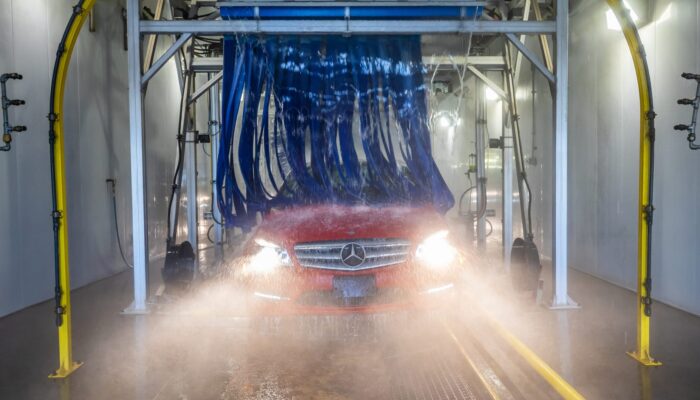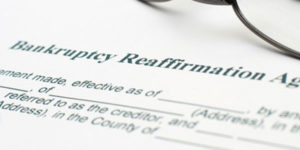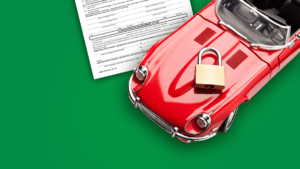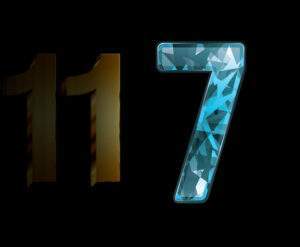Table of Contents
Ride-Through Back in California Bankruptcy
Ride-through is back in California bankruptcy. This is big news for 2022 and beyond. It restores the right of someone in bankruptcy to be free of personal liability on a car loan in the event of a future default. To be clear, you don’t get a free car in bankruptcy. But if you don’t reaffirm the car debt, and stop paying the car after the bankruptcy discharge resulting in a repo, you won’t owe the deficiency balance.
The change is part of SB1099, a bill the governor recently signed into law. The new law includes other protections or exemptions, for people filing bankruptcy. The changes take effect on January 1, 2023. Caution: it is likely that this may be challenged by lenders or trustees in court, so rely on this new law at your own risk. More on that below.
Meaning of Ride-Through Doctrine in Bankruptcy

The meaning of the ride-through doctrine in bankruptcy is this:Â a vehicle can go through Chapter 7 bankruptcy without the debtor being on the hook for the car loan in case of future default after the bankruptcy is done.
In my ultimate guide on Chapter 7 bankruptcy, I use a car wash as a metaphor for the process as a simple way to explain it. While the bankruptcy carwash is intended to remove much dirt, the ride-through doctrine means that the car owner isn’t forced to add the new road tar to his vehicle when it comes out the other side.
You’d think that it would be common sense that all debts that existed at the time the debtor files bankruptcy would be discharged in the successful case. With credit cards, that’s certainly true (in most cases). However, a secured debt like that for a car or a house is treated differently. If you want to keep the car, you must stay current on the payments for life of the car loan.
If, after the bankruptcy, the debtor and car owner loses his or her job and they need to turn in the car or have it get repossessed, what happens with the balance of the car loan? With the ride-through doctrine, the “old” bankruptcy reaches into the future and eliminates the new leftover debt. This is huge, as it can be thousands of dollars for something which was completely unplanned or unforeseen.
2005-2022: Congress & BAPCPA End Ride-through
It wasn’t always this way. During the dark years of 2005 through 2022, the ride-through doctrine was dead all throughout the nation. This is because back in 2005, Congress passed major bankruptcy reform called BAPCPA. As part of the sweeping changes, in a huge favor to big banks, Congress ended ride-through for all the people in the land.
In its place, Congress compelled debtors seeking a new start by filing bankruptcy to sign reaffirmation agreements if they wanted to keep their cars. A reaffirmation agreement is where a debtor (you guessed it) reaffirms their debt in a bankruptcy.
This means that the person signing the contract is promising to owe the debt and undo the bankruptcy with regard to it. Instead of discharging a debt, a reaffirmation is promising to owe the debt, no matter what. Promising to owe debt is bad, and the opposite of the goal of a successful bankruptcy. Millions of people seeking to be released from bondage to debt were forced to sign contracts owing it, or face losing their car anyway. These were dark times, indeed.
2023: California restores Ride-Through in Bankruptcy
But California changed that. In September 2022, a new law was completed which becomes effective in 2023, As part of the wide-ranging changes, California restored ride-through in bankruptcy. With Calif bankruptcy ride-through, failing to sign the reaffirmation agreement isn’t considered a default.
The pertinent “ride-through” bankruptcy part from the new CA law:
(2) Neither the act of filing a petition commencing a case for bankruptcy under Title 11 of the United States Code by the borrower or other person liable on the loan nor the status of either of those persons as a debtor in bankruptcy constitutes a default in the performance of any of the borrower’s obligations under the loan, and neither may be used as a basis for accelerating the maturity of any part or all of the amount due under the loan or for repossessing the motor vehicle. A provision of a contract that states that the act of filing a petition commencing a case for bankruptcy under Title 11 of the United States Code by the buyer or other individual liable on the contract or the status of either of those persons as a debtor in bankruptcy is a default is void and unenforceable.
There it is: a person using Title 11 (which is the Bankruptcy Code) cannot be said to be in default, and any contract that says a person is liable on their car loan in case of default is void and unenforceable. This means there is no more repossession for failure to reaffirm or refusal to sign a reaffirmation agreement. This is how, during 2005-2022, some car lenders repossessed vehicles even if the borrower was current on the loan. The infraction? Failing to sign a reaffirmation agreement. So now you ask: after 1/1/2023, do I have to reaffirm a car loan in California bankruptcy and stay personally liable on the debt? The answer appears to be, “no.”Â
Preemption: Supremacy Clause, federal law, and California’s ride-through
Can a state change, or carve out an exception, to federal law? It remains to be seen whether this portion of the law will be challenged by creditors and car lenders. The strongest argument to challenge California’s bankruptcy ride-through is the Constitution’s Supremacy Clause of Art VI, Sec 2. This would state that the federal bankruptcy laws of 11 USC 521(a)(2) and 11 USC 524 are “supreme” to and therefore preempts California state law, and by applying the Supremacy Clause, the part of the state law which conflicts with federal law is void. Â
A rebuttal to this would be that California’s bankruptcy ride-through is not in direct conflict with the Bankruptcy Code or of Article 1, Section 8 of the Constitution’s enumerated powers. California is not making laws about bankruptcy. Instead, the state can claim it is merely clarifying state law, as is its right. It can assert that a state has the right to define what is and is not a “default” in California, and a bankruptcy is not a default. Or whether or not car lienholders can repossess a vehicle, or make debtors owe the leftover deficiency balance on a debt after repo from an old bankruptcy case now closed. It remains to be seen if creditors or trustees act on this, and if so, which is more persuasive to a court of law.
California’s Ride-Through is a New Day Dawning for Debtors

The dark days of forced reaffirmation are behind us. No longer will a person seeking to become debt-free be coerced to sign a contract promising to owe on a potential future default. No more will hopeful Californians be saddled with thousands of dollars of debt after completing their bankruptcy, unable to file again for a number of years. Never again will people finishing a bankruptcy lose their car even though they were current on payments.Â
A new dawn is emerging in California. A radiant era where people filing bankruptcy won’t have to worry about having an old debt survive and burden them as a future liability. A glorious future where someone can seek a new start without compulsion, and have the freedom of a clear conscience, free of worry, and without having old debt burden them.
Yes, ride-through is back in California bankruptcy!





